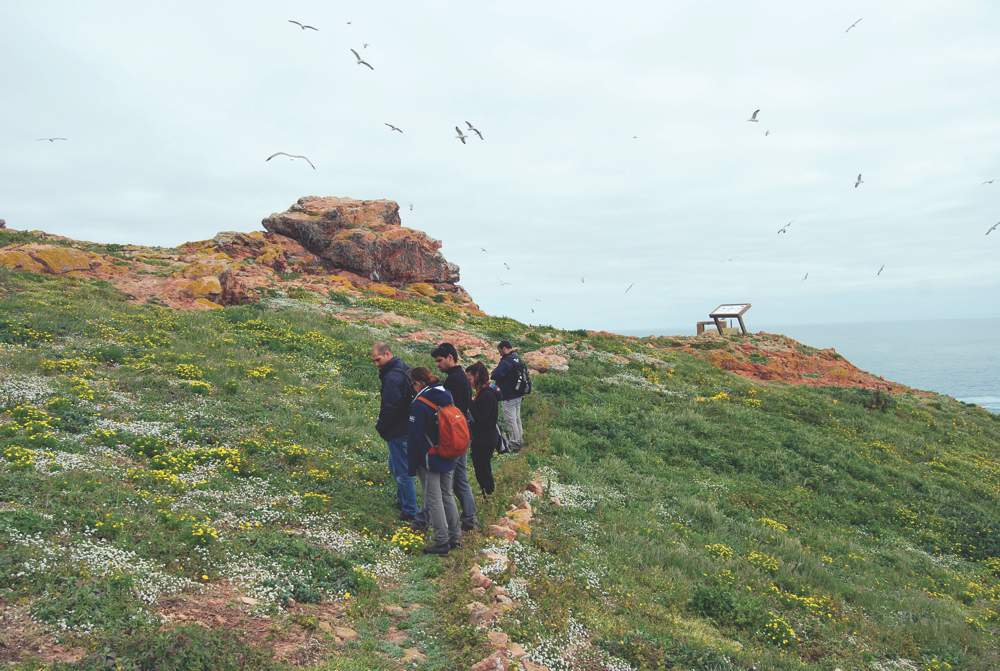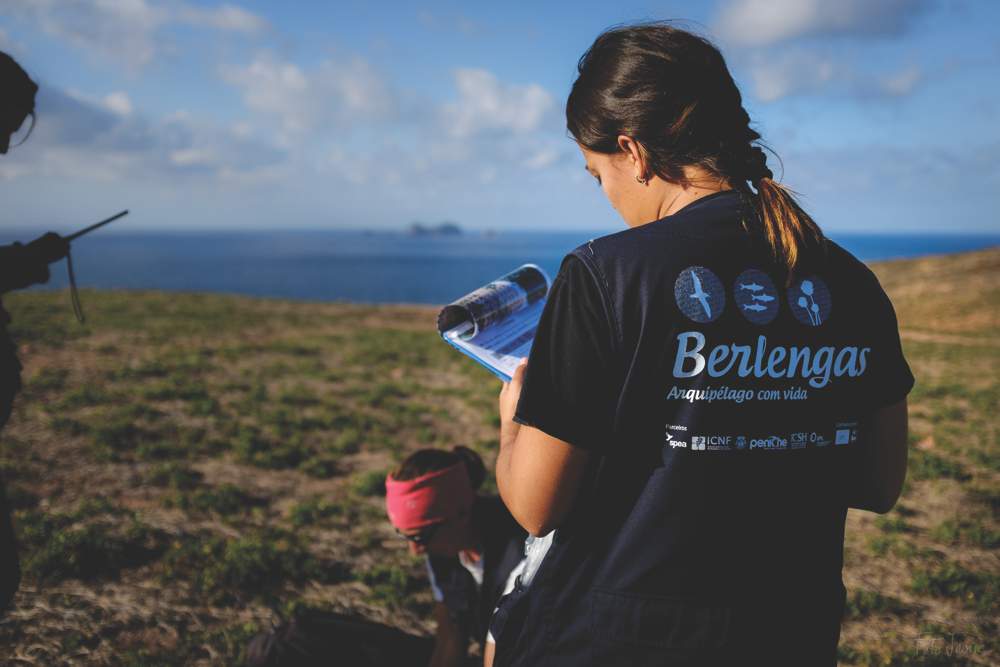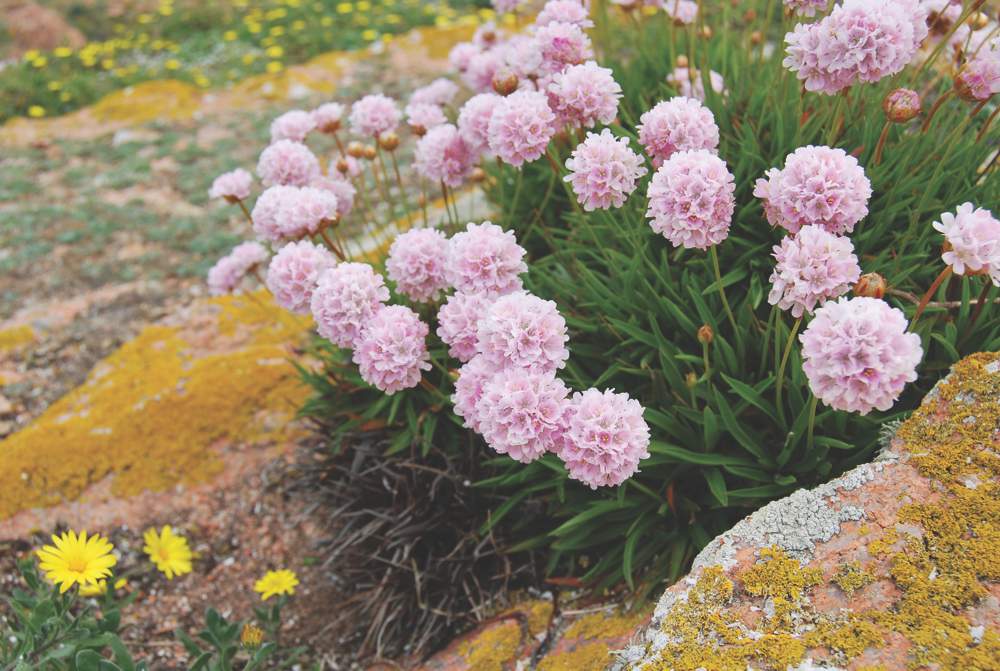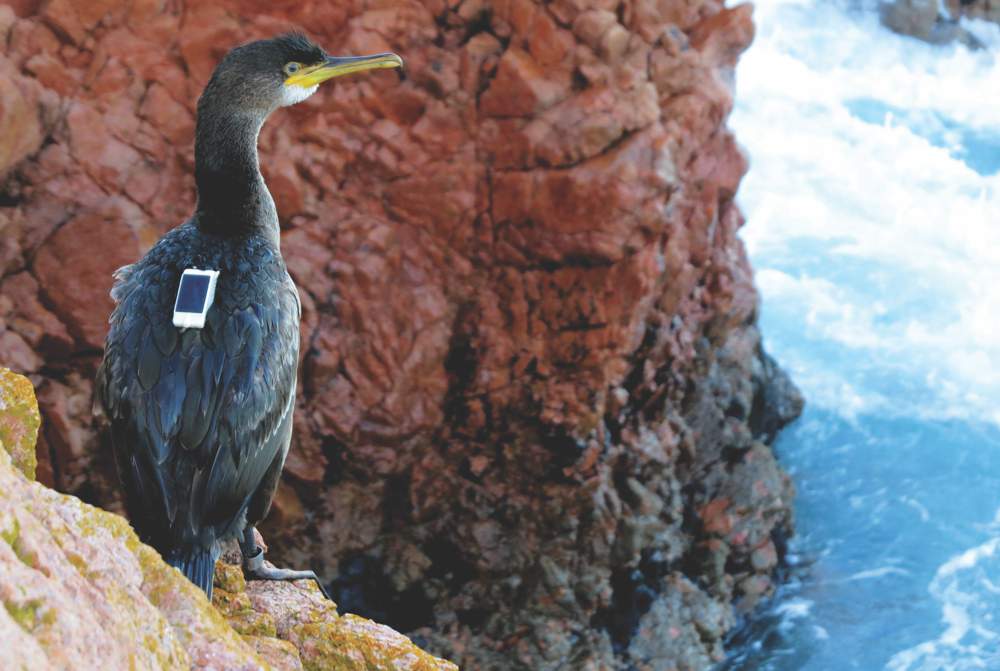Saturday, 18th July 2020
Lisbon. The “Natura 2000” network was created by the EU Commission and aims to protect species and habitats of great importance in all 27 EU countries as a genuine form of nature conservation. There is a total of 2,000 species and 230 habitat types in the 27 countries between Finland and Portugal that have been designated as Natura 2000 sites. If you are interested and want to find the nearest nature reserve in your region, just click on https://natura2000.eea.europa.eu//# and enter your place of residence. Monchique is PTCON0037. The whole of the municipality has been designated as a Nature Reserve by the EU. How good that is!
If you search for “Berlengas Islands” (Peniche), you will receive the code PTZPE0009. In this archipelago of tiny islands in the Atlantic Ocean, located ten kilometres from the Portuguese mainland, an exciting project is currently in progress. It was launched by SPEA – the Portuguese Society for the Study of Birds – and, over the past five years, it has been used to protect the biodiversity of seabirds and a variety of native plants. It is precisely this project that has been listed among the five finalists in the nature conservation category of the EU’s Natura 2000 Award.

Berlengas LIFE took place between 2014 and 2019 and its main objective was to return the island to its natural state, creating better conditions for the native species of that unique habitat, especially the sea birds and native plants. The project’s selection as a finalist for this European award is in recognition of the successful actions taken to restore habitats, through the control of invasive alien species and the construction of artificial nests. Another important result was the profiling of visitors and the creation of the Visitor Barometer, which makes it possible not only to understand and assess the perception of visitors, but also to gauge the impacts of changes in the area’s management. Volunteers manually cleared roughly 90% of the area covered by the invasive Hottentot-fig (Carpobrotus edulis), enabling the expansion of rare native plants and habitats.
160 artificial nests were built for the Cory’s shearwater (Calonectris borealis) and the band-rumped storm petrel (Oceanodroma castro), leading to an almost immediate increase in their breeding success. For the first time ever, a storm-petrel chick hatched on Berlenga island, indicating that the species is expanding its breeding range. Previously, it was restricted to the smaller islands in the archipelago.

A visitor barometer was developed to monitor visitor numbers and inform those arriving of past and future conservation efforts on the islands, so as to increase their awareness of this unique but fragile environment. The visitor surveys were used to support decisions on visitor management. In 2019, this led to the publication of an ordinance defining the human load capacity for the land area. The Berlengas Nature Reserve is now the Portuguese protected area with most information about the visiting process, which is essential for the sustainable management of this activity. All of which shows that protecting natural heritage and ensuring a positive visitor experience can go hand in hand.
In order to achieve a broad consensus in its management of the project, SPEA sought the support of various collaborators, including Peniche Municipal Council, the ICNF (Institute for Nature Conservation and Forests), the Faculty of Social and Human Sciences of Lisbon’s Nova University, the Polytechnic Institute of Leiria and the School of Tourism and Marine Technology.
Until 15 September, friends of the environment and other interested people can find out more at https://natura2000award-application.eu/finalist/4828 and take part in the public vote for the approval of the project. According to Joana Andrade, the head of the LIFE Berlengas Project, “being a finalist in the Natura 2000 award shows that our work at Berlenga has been a success story and is an example to follow. We are very pleased with this recognition of all the conservation and recovery work that we have done here over the last five years, thanks to an excellent technical team and hundreds of dedicated volunteers.”
 Eco123 Revista da Economia e Ecologia
Eco123 Revista da Economia e Ecologia



